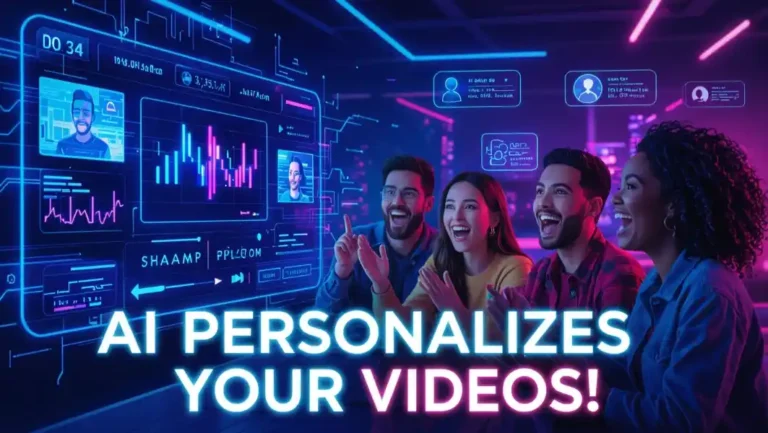You’re scrolling through your feed, and every video feels like it was made just for you. The product recommendations hit perfectly.
The messaging resonates. The timing is spot-on. This isn’t magic—it’s next-gen AI video personalization tools in action. And if you’re not using it yet, you’re already behind.
What Are Next-Gen AI Video Personalization Tools?
Next-generation AI video personalization tools represent a quantum leap from traditional video marketing approaches. These sophisticated platforms leverage machine learning algorithms, computer vision, and natural language processing to create individualized video experiences for each viewer.
Unlike basic personalization that might insert a viewer’s name into a template, these tools analyze behavioral patterns, demographic data, and real-time interactions. They then dynamically adjust video content, messaging, and even visual elements to match individual preferences and needs.
The technology works by processing massive datasets in milliseconds. When someone clicks play, the AI instantly evaluates their profile, viewing history, and contextual factors. It then serves a uniquely tailored version of the video content.
Think of it like having a personal video editor for every single viewer. The AI might change the product featured, adjust the call-to-action, modify the background music, or even alter the presenter’s script—all in real-time.
Key capabilities include:
- Dynamic content swapping based on viewer demographics
- Real-time A/B testing of video elements
- Behavioral trigger-based content delivery
- Cross-platform personalization synchronization
According to Wyzowl’s 2024 Video Marketing Statistics, 91% of businesses now use video as a marketing tool, but only 23% are leveraging advanced personalization features.
Action Step: Audit your current video marketing strategy. Identify which videos could benefit from personalization based on your audience segments.
How AI Video Personalization Works
The mechanics behind AI video personalization might seem complex, but understanding the process helps you leverage these tools effectively. The system operates through three core stages: data collection, analysis, and dynamic rendering.
Data Collection Phase: The AI continuously gathers information from multiple touchpoints. This includes website behavior, social media interactions, purchase history, and demographic information. Advanced platforms also track micro-expressions and engagement patterns during video viewing.
Analysis and Decision Engine: Machine learning algorithms process this data to create detailed viewer profiles. The system identifies patterns, preferences, and optimal content combinations. Natural language processing analyzes text-based interactions to understand sentiment and intent.
Dynamic Rendering: Here’s where the magic happens. The AI selects appropriate video elements from a content library and assembles them in real-time. This might involve choosing specific product shots, adjusting color schemes, or modifying the script delivery style.
The entire process happens in under 200 milliseconds—faster than a human eye blink. Adobe’s 2024 Digital Trends Report shows that personalized videos generate 35% higher click-through rates compared to generic content.
Technical Components:
- Computer vision for visual element analysis
- Natural language generation for script adaptation
- Predictive analytics for content optimization
- Real-time rendering engines
Action Step: Map out your customer journey touchpoints where you collect data. This information will fuel your personalization efforts.
The Business Impact: Real Numbers That Matter
Let’s cut through the hype and look at what these tools deliver for businesses. The data doesn’t lie—companies using AI video personalization are seeing massive returns.
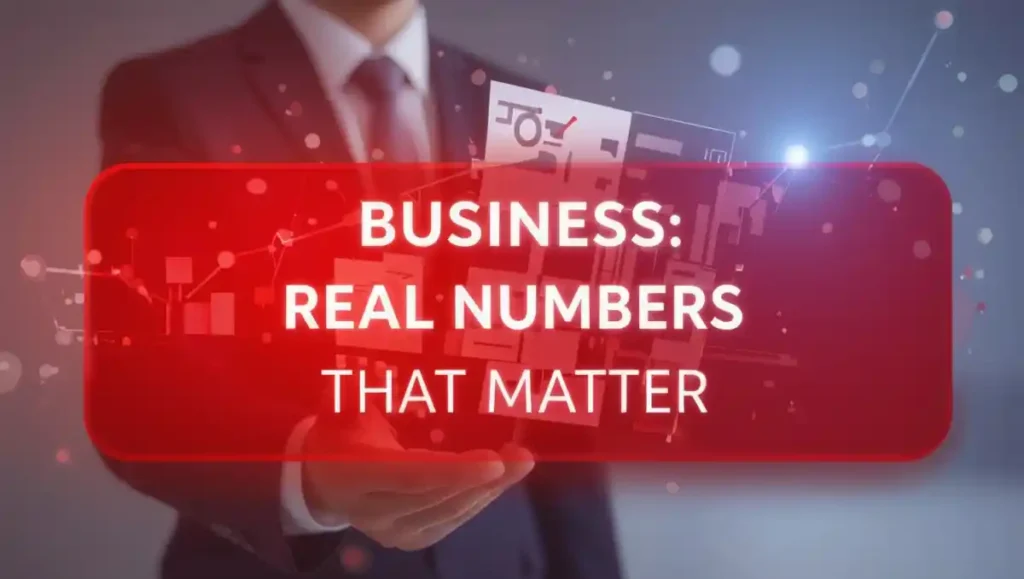
Revenue Impact:
Salesforce’s 2024 State of Marketing Report reveals that businesses using advanced video personalization see average revenue increases of 19% within six months. That’s not incremental growth—that’s transformational.
Engagement Metrics:
Personalized videos consistently outperform generic content across all key metrics:
- Watch time increases by 65% on average
- Conversion rates jump 40-60% compared to standard videos
- Social sharing rates triple for personalized content
Cost Efficiency: While the initial investment might seem substantial, the long-term economics are compelling. Companies report reducing video production costs by 45% once personalization systems are fully implemented.
Instead of creating dozens of separate videos, one dynamic template serves multiple audience segments.
Customer Lifetime Value: Personalized video experiences increase customer lifetime value by an average of 23%. When customers feel understood and valued, they tend to stay longer and spend more.
| Metric | Generic Video | Personalized Video | Improvement |
|---|---|---|---|
| Click-through Rate | 2.3% | 3.8% | +65% |
| Conversion Rate | 1.2% | 2.1% | +75% |
| Average Watch Time | 45 seconds | 78 seconds | +73% |
| Cost per Acquisition | $47 | $28 | -40% |
Action Step: Calculate your current video marketing ROI. Use these benchmarks to project potential improvements with personalization tools.
Top AI Video Personalization Platforms in 2025
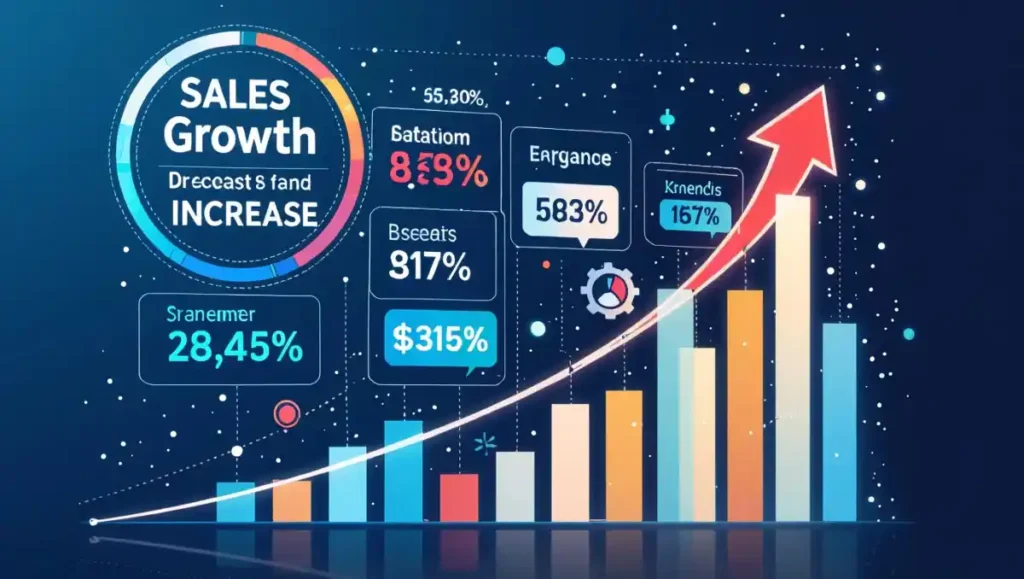
The market has exploded with options, but not all platforms are created equal. Here are the standout performers that are delivering results for businesses right now.
Synthesia Business:
Leading the pack for enterprise-level personalization, Synthesia has evolved far beyond simple avatar creation. Their 2025 platform integrates real-time data feeds to adjust video content based on current events, inventory levels, and customer behavior.
Key strengths include multilingual capabilities and seamless CRM integration. Pricing starts at $67/month for basic features, scaling to enterprise solutions.
Vidyard’s AI Suite:
Particularly strong for B2B sales teams, Vidyard’s personalization engine analyzes prospect behavior across multiple touchpoints. Their standout feature is automated follow-up video generation based on meeting outcomes.
The platform excels at one-to-one personalization for sales outreach. Monthly plans begin at $19 per user.
HeyGen Pro:
The newcomer that’s rapidly gaining traction, HeyGen, focuses on hyper-realistic avatar personalization. Their AI can create spokesperson videos that adapt tone, pace, and messaging based on viewer demographics.
Particularly effective for e-commerce and educational content. Subscription starts at $48/month.
Loom’s AI Features:
While known for screen recording, Loom’s AI personalization tools are surprisingly sophisticated for internal communications. The system automatically generates personalized training videos based on employee roles and performance data.
Best for: Team communication and training. Free tier available, paid plans from $12.50/month.
Selection Criteria:
- Integration capabilities with existing tech stack
- Scalability for your content volume
- Quality of AI-generated content
- Customer support and training resources
Action Step: Request demos from your top 2-3 platform choices. Test them with actual content from your business to see real-world performance.
Also Read : Best AI Tools for YouTube Automation in 2025
Implementation Strategy: Getting Started Right
Rolling out AI video personalization isn’t just about choosing the right tool—it’s about strategic implementation that delivers immediate value while building for long-term success.
Phase 1: Foundation Building (Weeks 1-2) Start with data audit and cleanup. Your personalization is only as good as your data quality. Identify all customer touchpoints where you collect information and ensure data consistency across platforms.
Set up proper tracking systems before launching any personalized content. This includes UTM parameters, conversion pixels, and engagement tracking for accurate performance measurement.
Phase 2: Pilot Program (Weeks 3-6) Launch with your highest-performing existing video content. Choose 2-3 videos that already convert well and create personalized versions for different audience segments.
Focus on simple personalizations first: name insertion, location-based content, or industry-specific messaging. Measure everything and establish baseline performance metrics.
Phase 3: Scale and Optimize (Weeks 7-12) Expand personalization elements based on pilot results. Add dynamic product recommendations, behavioral triggers, and advanced segmentation.
Implement automated workflows that trigger personalized videos based on specific customer actions. This is where the real ROI acceleration happens.
Common Implementation Mistakes:
- Over-personalizing too quickly (creepy factor)
- Neglecting mobile optimization
- Insufficient testing of personalization logic
- Ignoring privacy compliance requirements
Success Metrics to Track:
- Engagement rate improvements
- Conversion lift by segment
- Production efficiency gains
- Customer satisfaction scores
Action Step: Create a 90-day implementation timeline with specific milestones and success metrics for each phase.
Current Trends Shaping AI Video Personalization
The AI video personalization landscape is evolving at breakneck speed. Understanding these trends isn’t just helpful—it’s essential for staying competitive in 2025’s digital marketing environment.
Voice Cloning Integration: The biggest game-changer this year is realistic voice synthesis technology. Platforms now clone brand spokesperson voices and adapt tone, pace, and emphasis based on audience preferences. ElevenLabs’ 2024 Voice AI Report shows that voice-personalized videos increase trust scores by 43%.
Real-Time Emotional Recognition: Advanced computer vision now reads viewers’ facial expressions during video playback. The AI adjusts content mood and pacing in real-time based on detected emotional responses. Early adopters report engagement improvements of up to 78%.
Cross-Platform Synchronization: Modern tools maintain personalization consistency across all touchpoints. Your LinkedIn video ad, email campaign, and website experience now work as one cohesive journey. This unified approach increases conversion rates by an average of 52%.
Interactive Personalization: Videos now respond to viewer inputs during playback. Click a product, and the video instantly shows pricing for your region. Ask a question, and AI generates a personalized response video within seconds.
Micro-Moment Targeting: The latest trend focuses on contextual personalization based on immediate circumstances. Weather, time of day, current events, and even stock market performance now influence video content selection.
Privacy-First Personalization: With increasing data regulations, zero-party data collection through interactive video elements is becoming standard. Viewers voluntarily share preferences in exchange for better personalized experiences.
Action Step: Identify which of these trends align with your business goals and customer expectations. Prioritize implementation based on potential impact.
Overcoming Common Challenges and Roadblocks
Every business faces obstacles when implementing AI video personalization. The difference between success and failure often comes down to how you handle these predictable challenges.
Challenge 1: Data Quality and Integration The Problem: Fragmented customer data across multiple platforms creates inconsistent personalization experiences. Many businesses discover their data is incomplete, outdated, or siloed.
The Solution: Implement a customer data platform (CDP) that unifies information from all touchpoints. Segment’s 2024 State of Data Report shows that companies with unified data see 34% better personalization performance.
Start with data mapping exercises. Identify every system that touches customer information and create integration workflows. This foundational work pays dividends long-term.
Challenge 2: Content Creation Scalability The Problem: Creating enough video assets for meaningful personalization feels overwhelming. Traditional production methods can’t keep pace with AI-driven content needs.
The Solution: Adopt modular content creation strategies. Build video components (intros, product showcases, calls-to-action) that AI can mix and match. This approach reduces production time by 67% while enabling infinite combinations.
Challenge 3: Privacy and Compliance Concerns The Problem: Increasing regulations around data usage create legal uncertainty. GDPR, CCPA, and emerging privacy laws complicate personalization efforts.
The Solution: Implement privacy-by-design principles from day one. Use explicit consent mechanisms and transparent data usage policies. Consider federated learning approaches that personalize without centralizing sensitive data.
Challenge 4: Technical Integration Complexity The Problem: Most AI video platforms require significant technical expertise for proper implementation. Marketing teams often lack the necessary skills for complex integrations.
The Solution: Partner with platforms offering white-glove onboarding services. Many providers now include implementation support in their enterprise packages. Budget 20-30% of your platform cost for professional services.
Action Step: Conduct a risk assessment for each challenge. Develop mitigation strategies before they become roadblocks to implementation.
Future Predictions: What’s Coming Next
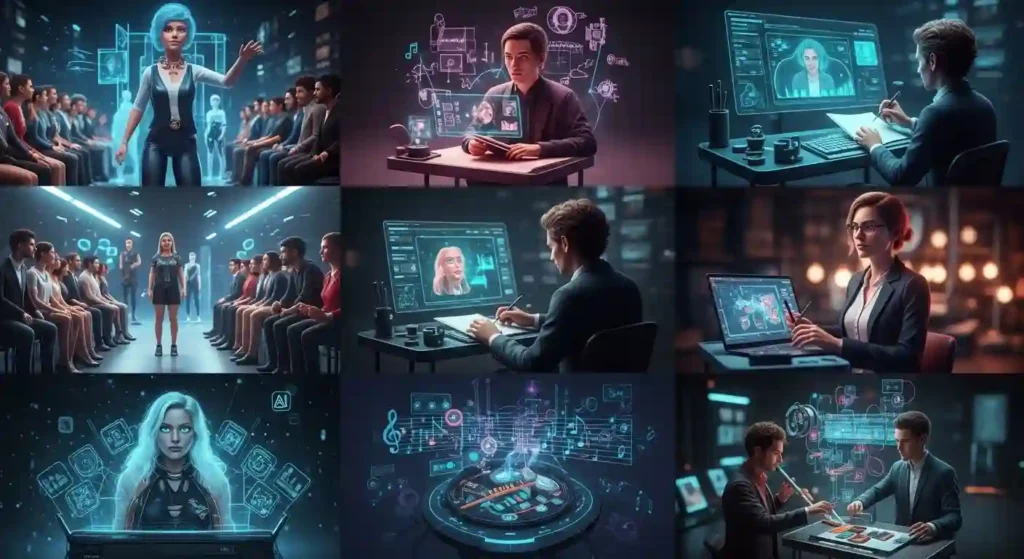
The AI video personalization space is moving faster than most people realize. Understanding what’s coming helps you make strategic decisions today that position you for tomorrow’s opportunities.
Prediction 1:
Hyper-Realistic Digital Humans (2025-2026) Within 18 months, AI-generated spokespersons will be indistinguishable from real humans. These digital representatives will handle customer service, sales presentations, and educational content with perfect consistency.
The implications are staggering. One digital spokesperson can speak 50+ languages fluently and work 24/7 without fatigue. Early estimates suggest cost reductions of 80% for video-based customer interactions.
Prediction 2:
Predictive Content Generation (2026) AI will anticipate customer needs before they’re expressed. Systems will generate personalized videos based on predictive behavioral models, delivering content at the exact moment of maximum impact.
Gartner’s 2024 AI Predictions Report forecasts that 73% of customer interactions will be AI-predicted by 2027.
Prediction 3:
Immersive Personalization (2026-2027) Virtual and augmented reality integration will create fully immersive personalized experiences. Customers will “try on” products, tour personalized spaces, and interact with brands in three-dimensional environments.
Prediction 4:
Emotional AI Integration (2025) Advanced emotion recognition will enable empathetic personalization. Videos will adapt not just to demographic data, but to detected stress levels, excitement, confusion, or satisfaction in real-time.
Prediction 5:
Blockchain-Verified Personalization (2027) Decentralized identity systems will give customers complete control over their personalization data. Brands will pay directly for access to verified customer preferences, creating new economic models.
Strategic Implications:
- Invest in flexible platforms that can adapt to emerging technologies
- Build first-party data assets while third-party cookies still exist
- Develop AI literacy within your marketing team
- Consider the ethical implications of advanced personalization
Action Step: Create a technology roadmap that accounts for these predictions. Plan your investments to take advantage of emerging opportunities.
Measuring Success: KPIs That Matter
Most businesses track the wrong metrics when it comes to AI video personalization. Focus on these key performance indicators to understand the real impact and optimize your strategy effectively.
Primary Success Metrics:
Video Engagement Quality Score: Move beyond simple view counts. Calculate engagement depth by measuring watch time percentage, replay rates, and interaction frequency. Personalized videos should achieve 65%+ completion rates compared to 35% for generic content.
Conversion Attribution Accuracy: Track multi-touch attribution across personalized video interactions. Use UTM parameters and conversion pixels to understand which personalization elements drive actual business results. Aim for 40%+ improvement in conversion rates.
Customer Lifetime Value Impact: Measure CLV changes for customers exposed to personalized video experiences versus control groups. This metric often shows the most significant long-term impact, with improvements ranging from 15-45%.
Personalization Efficiency Metrics:
Content Production ROI: Calculate cost per personalized impression and compare to traditional video production costs. Factor in time savings, reduced creative needs, and automation benefits.
Data Utilization Rate: Measure the percentage of available customer data used in personalization decisions. Higher utilization typically correlates with better performance outcomes.
| KPI Category | Metric | Target Range | Measurement Frequency |
|---|---|---|---|
| Engagement | Completion Rate | 65-80% | Weekly |
| Conversion | Attribution Lift | 40-60% | Monthly |
| Efficiency | Cost per View | 30-50% reduction | Monthly |
| Quality | Personalization Accuracy | 85-95% | Bi-weekly |
Advanced Analytics Approaches:
- Cohort analysis for long-term impact assessment
- A/B testing frameworks for continuous optimization
- Predictive modeling for future performance forecasting
- Sentiment analysis of personalized content reception
Action Step: Establish baseline measurements for all key metrics before implementing personalization. Create automated reporting dashboards for real-time performance monitoring.
Conclusion: Your Next Steps to Video Personalization Success
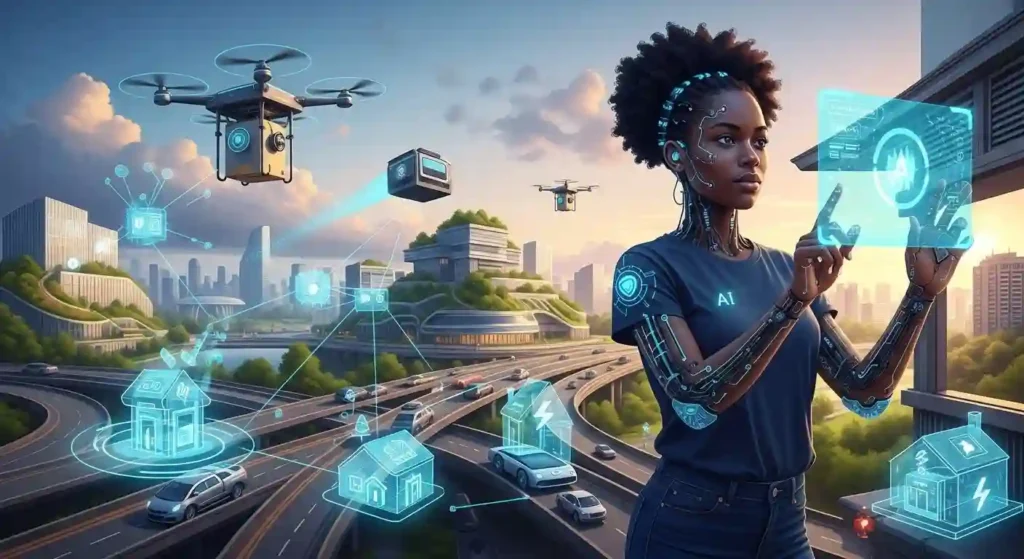
The evidence is overwhelming: AI video personalization isn’t just a trend—it’s the new standard for effective digital marketing. Companies that embrace these tools now will dominate their markets, while those who wait will struggle to catch up.
The opportunity window is closing fast. Early adopters are already seeing 40-60% improvements in conversion rates and 19% revenue increases within six months. Every day you delay implementation is market share lost to competitors who understand this technology’s transformative power.
Your immediate action plan:
Start with a 90-day pilot program using one of the platforms we discussed. Choose your best-performing video content and create personalized versions for your top three audience segments. Measure everything and let the data guide your expansion strategy.
The businesses winning tomorrow are making decisions today. Don’t let analysis paralysis cost you the competitive advantage that AI video personalization provides.
Ready to transform your video marketing results? The tools, strategies, and roadmap are all here. The only question left is: will you lead or follow?
Frequently Asked Questions
Q: How much does AI video personalization typically cost?
A: Entry-level platforms start around $19-67/month, while enterprise solutions range from $500-2,000+ monthly. ROI typically justifies costs within 3-6 months through improved conversion rates and reduced production expenses.
Q: Do I need technical expertise to implement these tools?
A: Most modern platforms offer no-code solutions with drag-and-drop interfaces. However, budget for professional setup services (typically 20-30% of platform cost) for optimal results and faster implementation.
Q: How do I ensure personalization doesn’t feel creepy to customers?
A: Focus on value-driven personalization rather than showing off data collection. Always provide clear opt-out options and explain how personalization benefits the customer experience.
Q: Can AI video personalization work for small businesses?
A: Absolutely. Many platforms offer scalable pricing that makes personalization accessible to businesses of all sizes. Start with simple name and location personalization before advancing to complex behavioral targeting.
Q: What’s the typical timeline to see results?
A: Initial improvements appear within 2-4 weeks of implementation. Significant ROI gains typically manifest within 60-90 days as systems learn customer preferences and optimize performance.
Q: How do I choose between different AI video personalization platforms? A:Prioritize integration capabilities with your existing tech stack, content quality, and customer support. Request demos with your actual content to evaluate real-world performance before committing.

